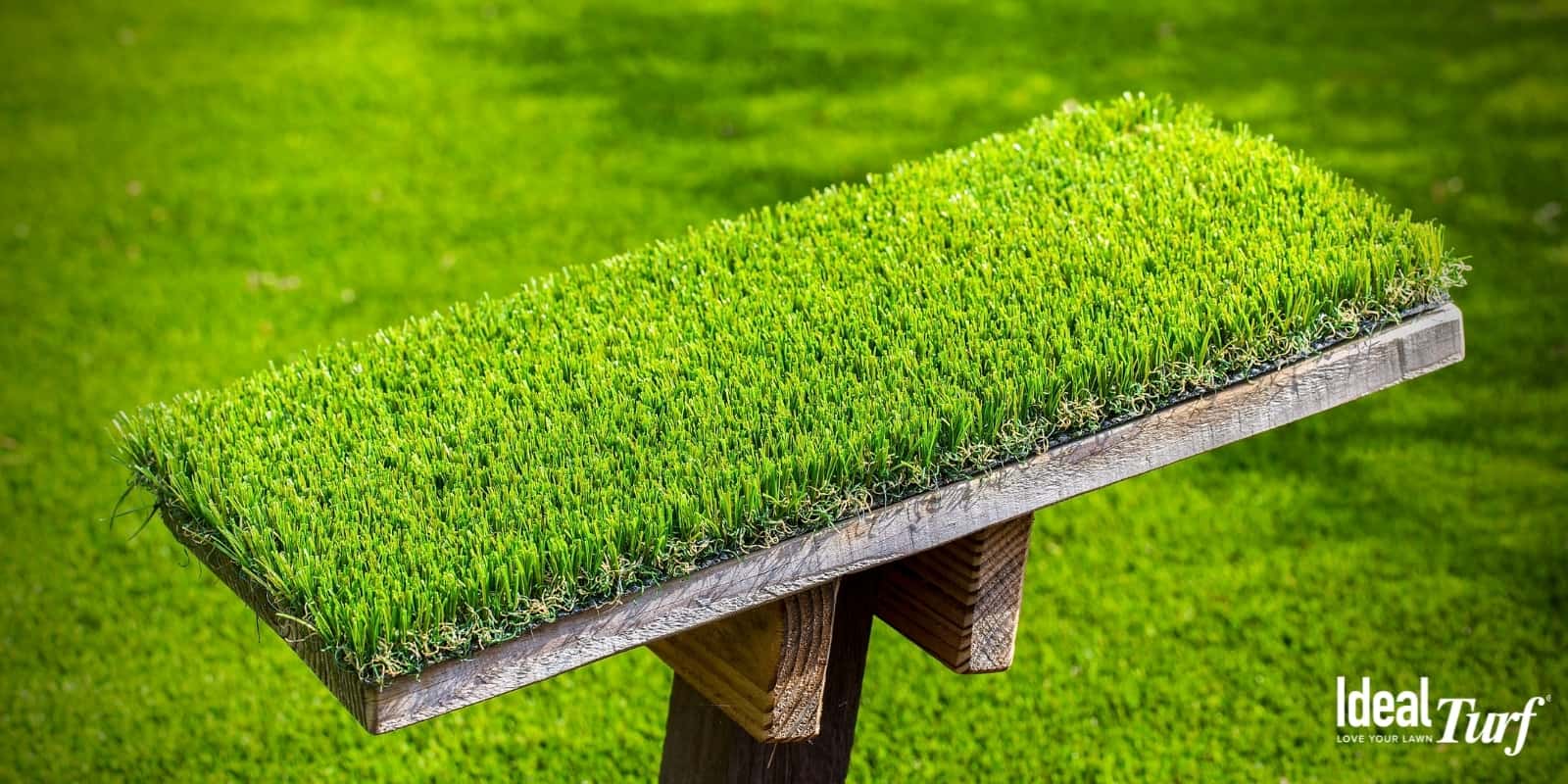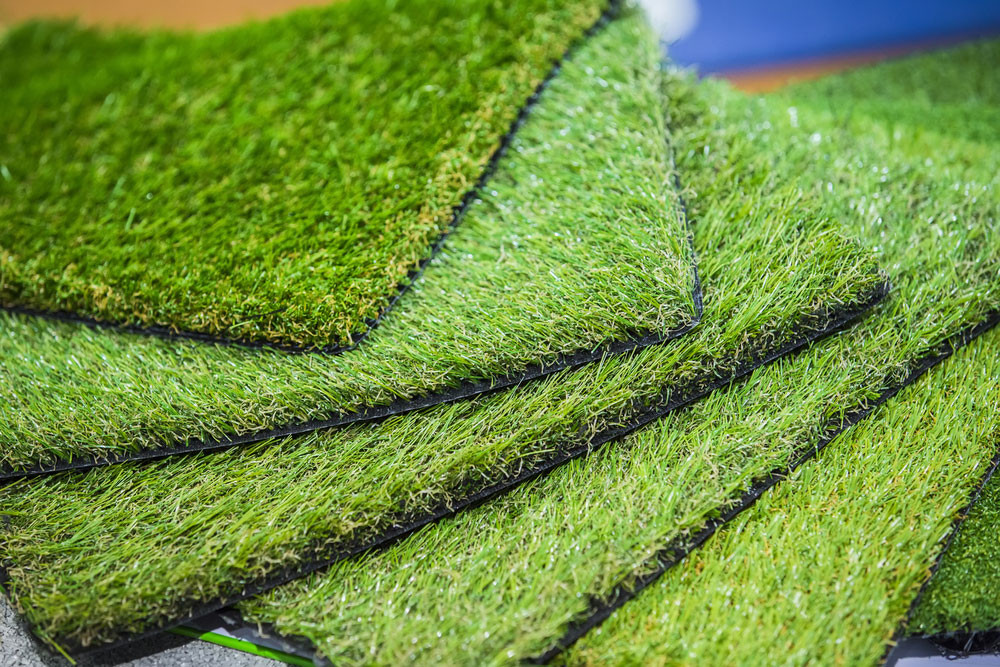Choose the Top Turf Installation Phoenix AZ Services for Your House or Business
Choose the Top Turf Installation Phoenix AZ Services for Your House or Business
Blog Article
Look Into the Environmental Advantages of Opting for Artificial Grass Solutions
The adoption of synthetic grass services provides a compelling possibility to attend to pressing ecological difficulties. By significantly reducing water use and decreasing the application of harmful chemicals, these choices not just promote sustainable landscaping yet likewise protect neighborhood ecosystems. In addition, the lower carbon footprint related to reduced upkeep activities adds to a much more sustainable strategy to land administration. Nevertheless, the effects of these advantages prolong past simple preservation efforts, questioning concerning their long-lasting effect on environment preservation and general environmental equilibrium. Discovering these dimensions discloses a complex interaction worth taking into consideration.
Water Preservation Perks
Among one of the most significant advantages of man-made grass is its capacity to conserve water. Traditional grass lawns require substantial irrigation, particularly in areas prone to drought or water restrictions. On the other hand, artificial lawn does not need watering, substantially minimizing the general need for water resources. This feature is particularly advantageous in deserts where water deficiency is a pushing worry.
By eliminating the need for normal watering, synthetic turf adds to sustainable landscape practices and assists reduce the environmental influence of excessive water usage. The conservation of water prolongs to the reduction of overflow, which can lead to dirt erosion and waterway air pollution.
Additionally, the setup of synthetic grass enables municipalities and house owners to allocate water resources a lot more efficiently, concentrating on important uses such as drinking water and farming. The change in the direction of fabricated lawn not just promotes liable water usage however additionally aligns with broader environmental goals targeted at protecting natural deposits.
As areas increasingly focus on sustainability, the water conservation benefits of man-made lawn offer an engaging situation for its fostering in property and business landscape design jobs.
Lowered Chemical Use
The shift to synthetic grass dramatically lowers the dependence on chemical therapies commonly used in natural grass maintenance. Traditional grass administration usually includes the application of chemicals, herbicides, and fertilizers to promote growth and control insects. These chemicals can pose risks to human health and wellness, neighborhood wildlife, and the setting, adding to soil and water contamination.
On the other hand, synthetic grass removes the requirement for these harmful substances. As soon as set up, it requires very little upkeep, mostly consisting of routine cleaning and irregular infill replenishment. This reduction in chemical use not only benefits the prompt setting however also adds to broader eco-friendly stability. By decreasing the release of synthetic substances right into the ecosystem, artificial lawn advertises much healthier dirt and water systems.
Moreover, the lack of chemical overflow connected with synthetic grass setups helps secure local waterways from air pollution, supporting aquatic life and keeping biodiversity. Turf installation phoenix az. As neighborhoods increasingly focus on sustainable methods, opting for synthetic lawn presents a practical option that lines up with ecological conservation objectives. Via this change, building owners can take pleasure in lavish environment-friendly rooms without compromising environmental health and wellness, leading the means for an extra sustainable future
Lower Carbon Footprint

Furthermore, the setup of synthetic grass can result in considerable water preservation. Natural grass require substantial quantities of water for irrigation, which not just contributes to the carbon impact connected with water removal and therapy yet also pressures local water sources. On the other hand, artificial grass requires very little maintenance, calling for no watering, therefore dramatically minimizing water use and its connected energy costs.
Furthermore, the durability of synthetic lawn adds to its decreased carbon influence. With a life expectancy of approximately 15 click for info years or more, the need for frequent substitutes is lessened, causing much less waste and lower energy consumption in production and disposing of traditional grass options. On the whole, synthetic grass presents a lasting choice for environmentally aware landscaping.
Environment Preservation
Habitat conservation is a critical factor to consider in the dispute over landscaping selections, specifically when contrasting man-made lawn to natural turf. Natural turf yards frequently call for considerable maintenance, consisting of the usage of herbicides, fertilizers, and pesticides, which can negatively impact regional environments. These chemicals can leach right into the soil and visit this web-site rivers, hurting native flora and animals and disrupting neighborhood habitats.
In comparison, fabricated grass offers a chance to lower the environmental footprint of landscape design. By opting for artificial turf, home owners can lessen the disruption of natural habitats related to conventional grass care methods. Artificial lawn gets rid of the demand for hazardous chemicals, therefore safeguarding nearby wildlife and maintaining the integrity of bordering ecosystems. The setup of artificial turf can lead to the conversion of former yard locations right into more biodiverse landscapes, such as pollinator yards or indigenous plant locations, which can sustain neighborhood wildlife.
Ultimately, the transition to artificial grass not just preserves water and minimizes maintenance efforts but also fosters a more unified partnership in between human activities and the natural environment, promoting environment conservation while doing so.
Long-Term Sustainability
Lasting sustainability is a vital variable in evaluating the benefits of man-made grass over traditional yard lawns. Among one of the most considerable benefits of synthetic grass is its toughness; it can last as much as 15-20 years with minimal upkeep, whereas all-natural lawn needs frequent reseeding and substitute. This durability minimizes the requirement for constant sources, such as water, fertilizers, and chemicals, which are necessary for preserving a healthy yard lawn.
In addition, man-made grass adds to a decrease in carbon emissions connected with lawn care tools. Standard lawns commonly require gas-powered lawn mowers, leaners, and blowers, every one of which contribute to air contamination. Artificial turf companies phoenix. On the other hand, man-made turf removes the need for such devices, advertising a cleaner environment
In addition, the production of synthetic grass progressively makes use of recycled materials, boosting its sustainability profile. As producers take on environment-friendly practices, the environmental impact of artificial turf remains to lessen.

Conclusion
The fostering of man-made turf remedies presents considerable environmental benefits, including significant water conservation, lowered reliance on damaging chemicals, and a reduced carbon footprint. Man-made turf aids in maintaining natural environments by decreasing land disturbance and advertising long-term sustainability with the usage of resilient materials. Collectively, these variables underscore the capacity of artificial grass to add positively to ecological wellness and provide a feasible option to typical landscaping methods in a significantly resource-conscious world.
In contrast, synthetic lawn does not require watering, considerably minimizing the total demand for water sources. By minimizing the release of synthetic compounds right into the environment, synthetic grass promotes healthier dirt and water systems.
Moreover, the setup of man-made grass can result in considerable water preservation. In contrast, synthetic grass requires marginal upkeep, requiring no watering, consequently substantially lowering water use and its linked power costs.

Report this page